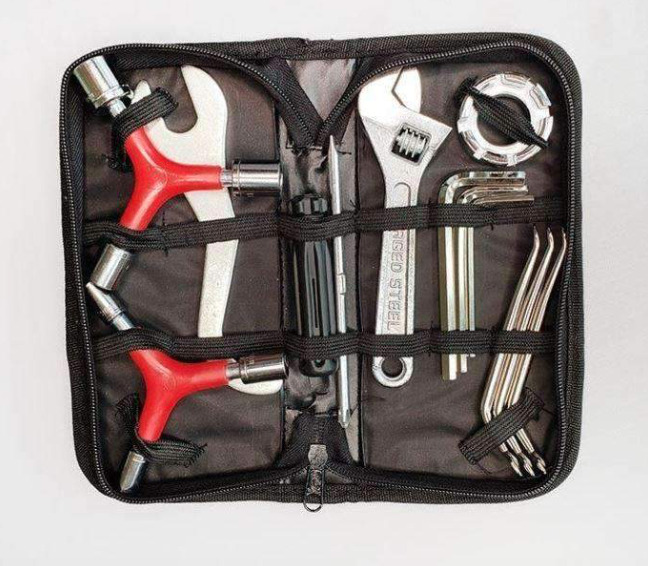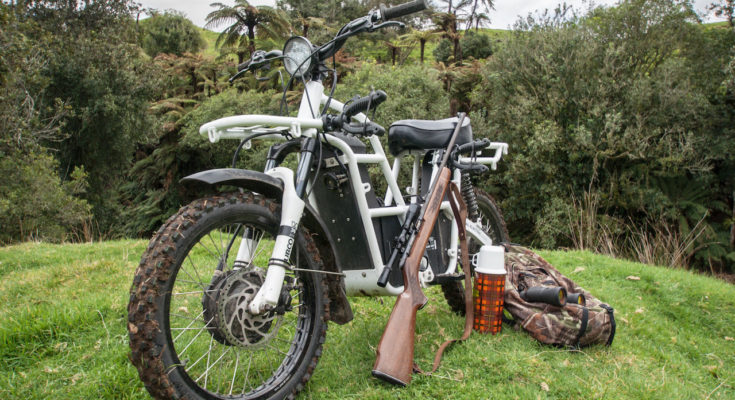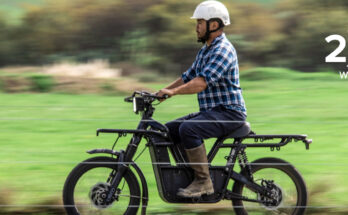As the allure of electric bikes intertwines with the thrill of the hunt, a new frontier of possibilities opens up for hunters. However, this convergence of technology and tradition isn’t without its challenges. In the pursuit of game through the untamed wilderness, electric bike enthusiasts may encounter a unique set of hurdles. From battery limitations to terrain adaptability, understanding the problems that may arise is crucial for an informed and prepared hunting expedition. In this exploration, we delve into the potential pitfalls and problems hunters might face when utilizing electric bikes, offering insights to navigate the wild with both technology and wisdom.
Electric Bike Problems to Expect When Hunting

Venturing into the wild with an electric bike for hunting introduces a new set of challenges that riders should anticipate. One prominent concern is the limited range of electric bike batteries. While advancements continue to improve battery life, hunters should be mindful of their distance from charging stations, particularly during extended excursions. The fear of running out of power in the midst of a pursuit adds a layer of strategic planning to the hunting experience.
Terrain poses another significant challenge. Unlike conventional bikes, electric bikes might struggle in extremely rugged or muddy landscapes. Navigating through dense vegetation and steep inclines can strain the bike’s motor and impact overall performance. This calls for a careful selection of electric bikes with robust designs and reliable off-road capabilities to ensure they withstand the demands of varied terrains.
Moreover, the weight of hunting gear adds an extra dimension to the electric bike’s load. Carrying weapons, equipment, and prey may impact the bike’s stability and efficiency. Choosing a bike with sufficient cargo capacity and stability becomes imperative to accommodate the specific demands of hunting trips.
Weather conditions also play a crucial role. Electric components might be susceptible to damage in extreme weather, affecting the bike’s functionality. Rain, snow, or harsh temperatures can impact battery efficiency and the overall performance of electric bikes. Weather-appropriate gear and protective measures for the bike become essential considerations for hunters navigating diverse climates.
Despite these challenges, the integration of electric bikes into hunting excursions opens up exciting possibilities. Addressing these potential problems requires a combination of thoughtful planning, choosing the right electric bike model, and adapting riding strategies to the unpredictable conditions of the wild. As technology evolves, electric bikes for hunting may become even more tailored to withstand the rigors of the wilderness, offering hunters an eco-friendly and efficient means of navigating nature’s challenges in pursuit of their prey.
How to Avoid Problems When Hunting With an Electric Bike

Navigating the potential pitfalls of hunting with an electric bike demands a strategic approach to ensure a seamless and trouble-free expedition. First and foremost, meticulous planning is key. Assess the hunting terrain, calculate distances, and plan charging stops accordingly to avoid the anxiety of running out of battery power during the pursuit.
Choosing an electric bike tailored for off-road adventures is pivotal. Prioritize models with robust frames, durable tires, and powerful motors to tackle the diverse challenges of hunting terrains. Test rides and thorough research on the bike’s specifications are crucial steps in selecting the most suitable companion for the wild.
Carrying only essential gear is a practical measure to prevent overloading the electric bike. Streamlining equipment minimizes strain on the bike’s motor and ensures stability during the ride. Investing in weather-resistant accessories and protective gear safeguards the electric components from unpredictable elements, enhancing the bike’s longevity and performance.
Additionally, familiarize yourself with the maintenance requirements of the electric bike. Regular checks on battery health, tire pressure, and overall functionality contribute to a smooth and trouble-free hunting experience. By combining preparedness, thoughtful selection, and proactive maintenance, hunters can transform their electric bikes into reliable allies, enhancing the efficiency and enjoyment of their journeys through the untamed wilderness.
How to Maintain an Electric Hunting Bike to Avoid Problems

Maintaining an electric hunting bike is pivotal for a seamless and trouble-free hunting experience. Regular checks and proactive measures can eliminate potential problems and ensure your bike performs optimally in the wild.
Start by monitoring the battery health consistently. Charge the battery according to the manufacturer’s guidelines and avoid overcharging, which can impact long-term performance. Periodically inspect the battery connections for any signs of corrosion or loose wiring.
Regularly check tire pressure to enhance stability and efficiency, especially when navigating challenging terrains. Keep an eye on the tire treads for wear and tear, replacing them as needed to maintain traction in diverse hunting environments.
Inspect the frame and components for any damage or loose parts. Tighten bolts, screws, and nuts regularly to ensure the bike’s structural integrity. Lubricate the chain and moving parts to reduce friction and enhance overall performance.
Stay attentive to the brake system, ensuring pads and discs are in good condition. Regularly clean and lubricate the drivetrain to prevent buildup of dirt and debris that could affect the bike’s efficiency.
Lastly, consider seeking professional maintenance services periodically, especially if you encounter any issues beyond basic troubleshooting. A well-maintained electric hunting bike not only extends its lifespan but also ensures reliability when navigating the unpredictable and challenging landscapes of the wilderness.
Conclusion
Embracing the synergy of technology and hunting through electric bikes introduces riders to a dynamic journey fraught with potential challenges. The awareness of these issues, from battery limitations to terrain adaptability, is the first step in crafting a strategy to overcome them. While electric bike problems may pose hurdles, they also open doors to innovative solutions and careful planning.
Navigating the wilderness on an electric bike for hunting demands a thoughtful balance between the thrill of the chase and the preparedness to face technological challenges. Hunters, armed with knowledge and foresight, can transform potential problems into opportunities for informed decision-making and strategic riding. As technology evolves and electric bikes become more tailored to the demands of hunting, the journey through the wild promises to be not just an adventure but a nuanced exploration of the intersection between tradition and innovation. The key lies in understanding, adapting, and riding the wave of change to transform potential obstacles into stepping stones for a more exhilarating and sustainable hunting experience.




